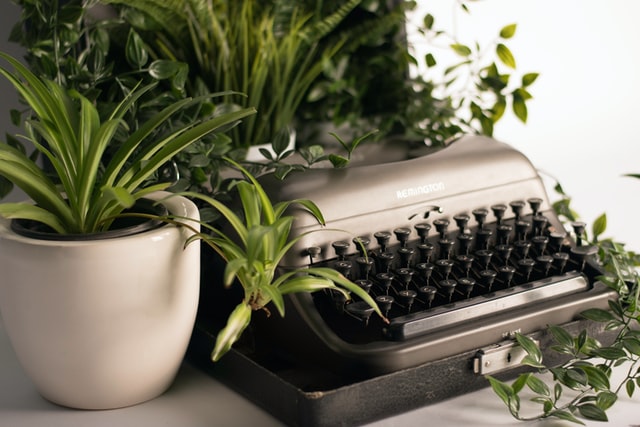
A Beginner’s Guide to Houseplants
You don’t have to hear it from me; houseplants are so fetch right now. Spend any amount of time on social media and you’re bound to see it. Vanity posts aside, there are some beneficial reasons for bringing a little nature into your living space. Maybe you take pride in fostering the growth of a living organism, maybe you just like the aesthetic, or maybe you put stock into NASA’s list of air-purifying plants. More importantly, if you think it’s something you’d enjoy, just do it. Many people ask me about it as if they’re interested, but never follow through because they “don’t have a green thumb”. However, I can tell you from personal experience that you don’t have to be an expert. You can put as much or as little effort into it as you see fit. I first got into houseplants after being inspired by a good friend’s indoor jungle, but even with a few years under my belt, I’d still consider myself an amateur. Common sense and a little googling can go a long way. Growing them can even become a self-sustaining practice after a little investment.
Houseplants 101
First, a few recommendations: get some succulents, pothos or philodendrons, and a rubber or spider plant. All of these are hella easy to care for and will give you a good base to start your collection. Before dropping any money, I’d advise consultation with any fellow plant enthusiasts you already know. Plant people love to talk about plants. That may not seem like a very astute observation, but many of them will be more than willing to give you a few cuttings if you’re just starting out, saving you a good amount of the start-up cost. Pothos and philodendrons are trailing plants that can thrive in little more than a glass of water near a window. You can leave the cuttings in that state for about a month or until you see the roots starting to grow out, then it’ll be time to pot them.
Good pots/planters are where the bulk of your money will go, as ceramic and clay pots aren’t cheap. If you buy plants from a nursery, you can utilize the plastic pots they come in for a while, but you may want to upgrade to something more aesthetically pleasing in the future. Important to keep in mind is the material your pots are made of and how that will affect the frequency with which you water. Ceramic and clay are porous, which means the soil will dry out faster, but plastic holds water. These factors will affect different types of plants as well as how much sunlight they need. Another important variable is the type of soil you use. Some will dry out faster than others or contain more nutrients, limiting your need for various fertilizers.

Different pots, soil, and fertilizers are pretty advanced concepts for you to worry about when first starting, so don’t focus so much on them. The most important basics that you’ll need to experiment with are sunlight and water. Unfortunately, I can’t give you very accurate instructions without knowing the window placement in your apt/house. Where to place your plants and how often to water them will be affected by which cardinal direction your windows face and how much direct or indirect sunlight you get through them. However, instead of busting out your compass, just place your plants wherever feels good and let it play out. You may notice some are doing very well and others look to be on the verge of death. Your plants will let you know if they’re not happy, but don’t fret, just move them around until you find the optimum spot. Many houseplants are surprisingly resilient, they will bounce back if you just pay attention and adjust your practices a little. Accept the fact that you may kill a few, but that’s just a part of the process.
Currently, I have about twenty-five potted plants with eight cuttings in mason jars sitting on various window sills. Out of all those, I’ve maybe killed three. Quite a few have looked extremely haggard in the past, but after investing enough time, I got a good feel for what they needed. A little water every two to three days has worked very well for me. Growing houseplants, like any hobby, has a little bit of a learning curve, but you will get the hang of it eventually. It’s an effective way to clean your air and make your home feel cozier. Start out small, give yourself time to become familiar with what your plants need, and only jump into the more advanced concepts when you’re ready. Most importantly, have fun.






